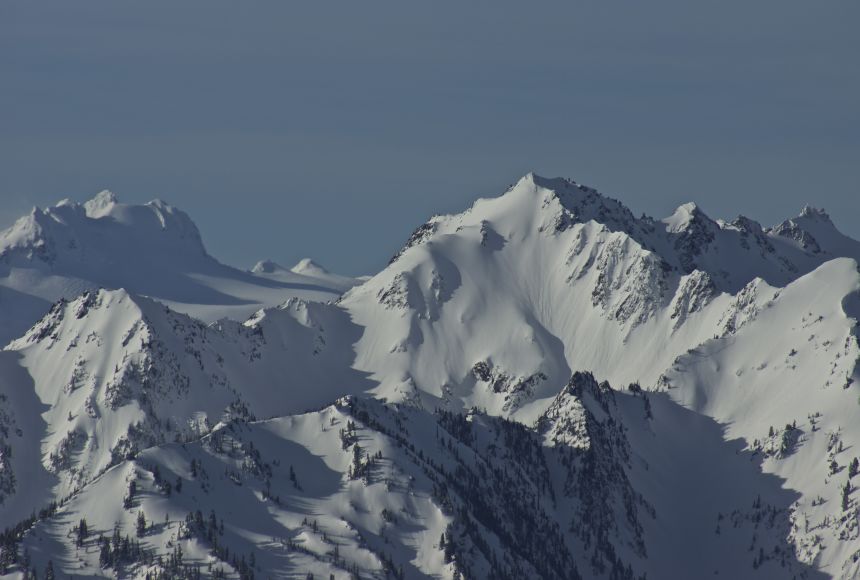ENCYCLOPEDIC ENTRY
ENCYCLOPEDIC ENTRY
Snowpack
Snowpack
Snowpack is snow on the ground in mountainous areas that persists until the arrival of warmer weather. Melting snowpack is an important source of water for many areas.
Grades
6 - 8
Subjects
Earth Science, Climatology, Geography
Image
Mt. Olympus Snowpack
Snowpack, like that on Mt. Olympus in Washington state, is an important source of freshwater as snow melts in the spring and summer, and this vital water source is threatened by increasing global temperatures caused by climate change.
Photograph by Samson1976

Media Credits
The audio, illustrations, photos, and videos are credited beneath the media asset, except for promotional images, which generally link to another page that contains the media credit. The Rights Holder for media is the person or group credited.
Director
Author
Production Managers
Program Specialists
other
Last Updated
October 19, 2023
For information on user permissions, please read our Terms of Service. If you have questions about how to cite anything on our website in your project or classroom presentation, please contact your teacher. They will best know the preferred format. When you reach out to them, you will need the page title, URL, and the date you accessed the resource.
Media
If a media asset is downloadable, a download button appears in the corner of the media viewer. If no button appears, you cannot download or save the media.
Text
Text on this page is printable and can be used according to our Terms of Service.
Interactives
Any interactives on this page can only be played while you are visiting our website. You cannot download interactives.